NTU: Food Industry Environmental Management & Mitigation Plan
VerifiedAdded on 2023/06/15
|18
|1711
|123
Report
AI Summary
This report provides an environmental management plan for a food manufacturing operation, focusing on the beer industry. It begins by outlining the beer-making process, from malting to packaging, and then details the potential environmental harms caused by the industry, including water and wastewater disposal, energy consumption, byproduct residuals, global warming, and impacts on human health. Applicable legislations are discussed, followed by minimization and mitigation strategies such as resource consumption reduction, waste management, and pigging technology. The report also suggests management techniques like measuring water usage and using environmentally friendly detergents. It concludes by emphasizing the importance of government oversight to protect against environmental damage, advocating for pollution prevention, and promoting the use of byproducts to enhance soil fertility. The report references several academic sources to support its analysis and recommendations.
1 out of 18
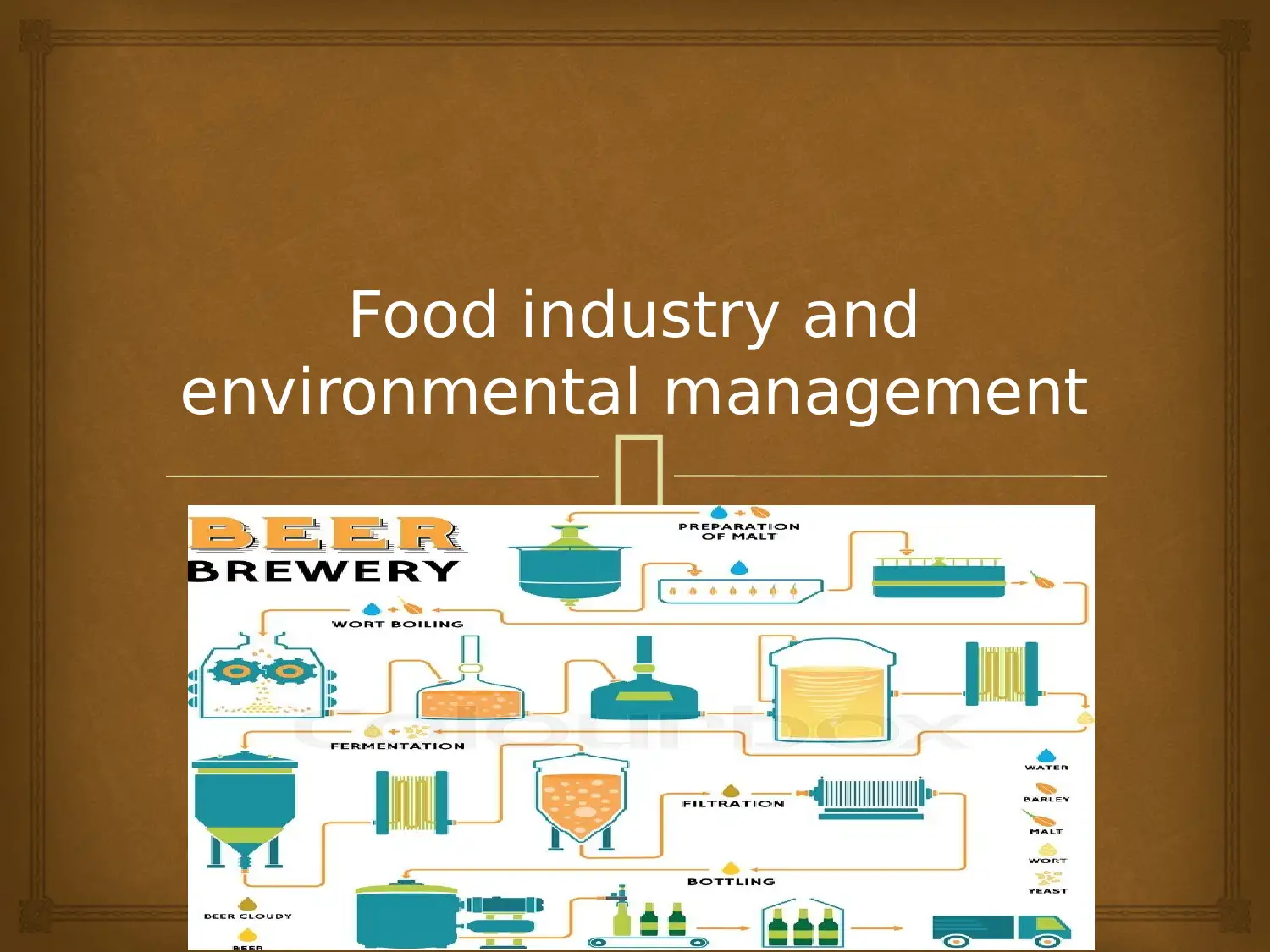

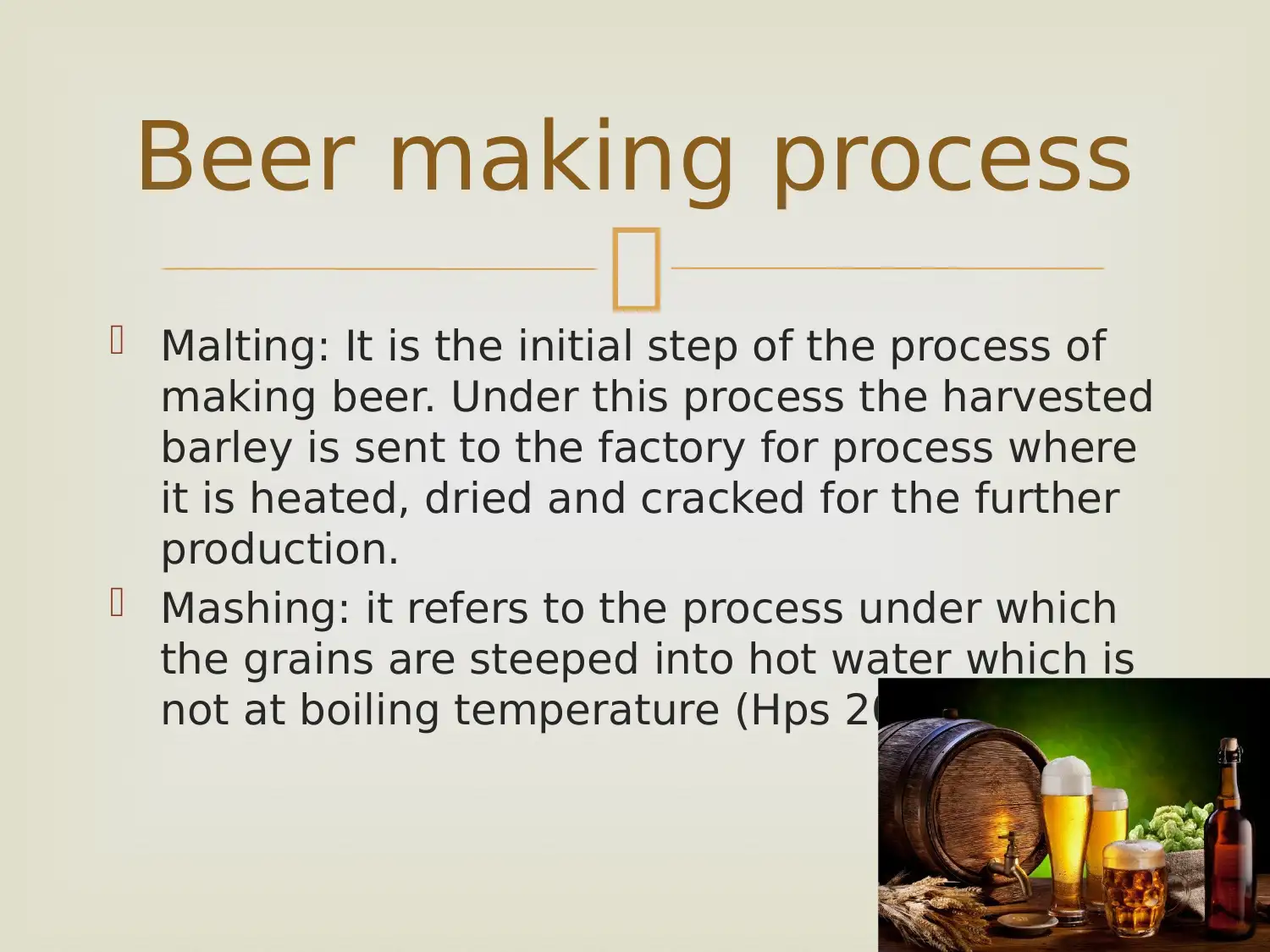

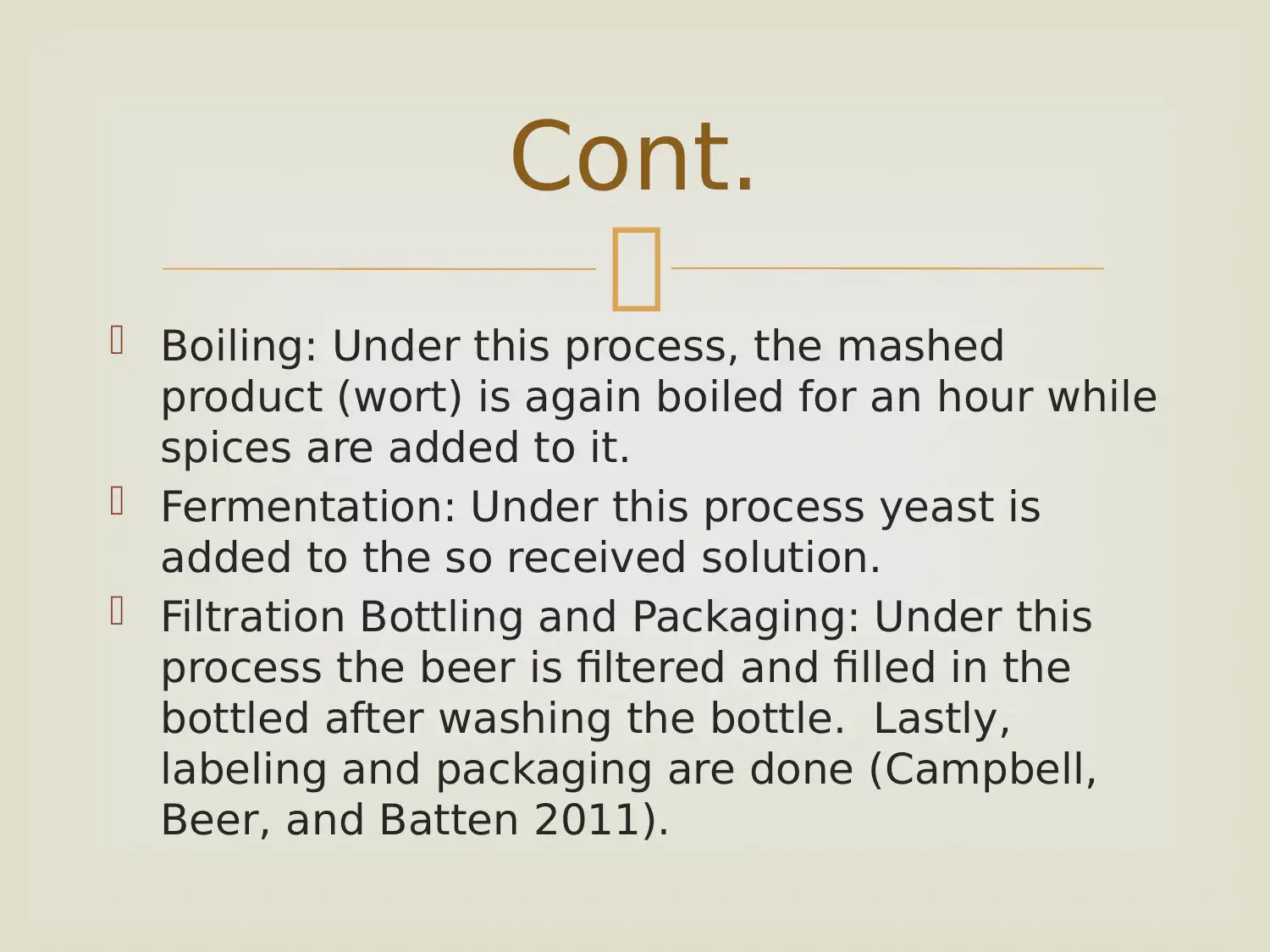
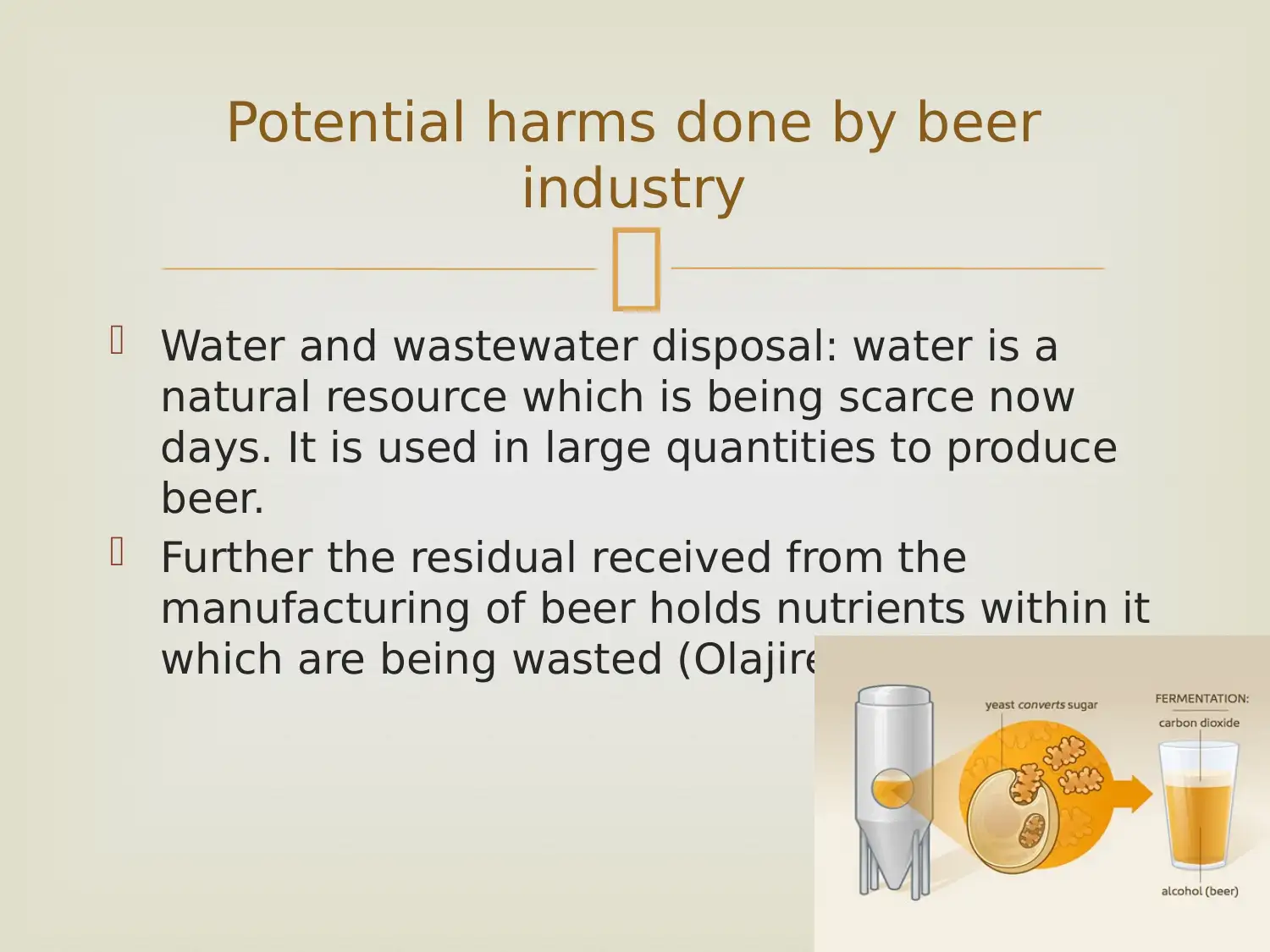
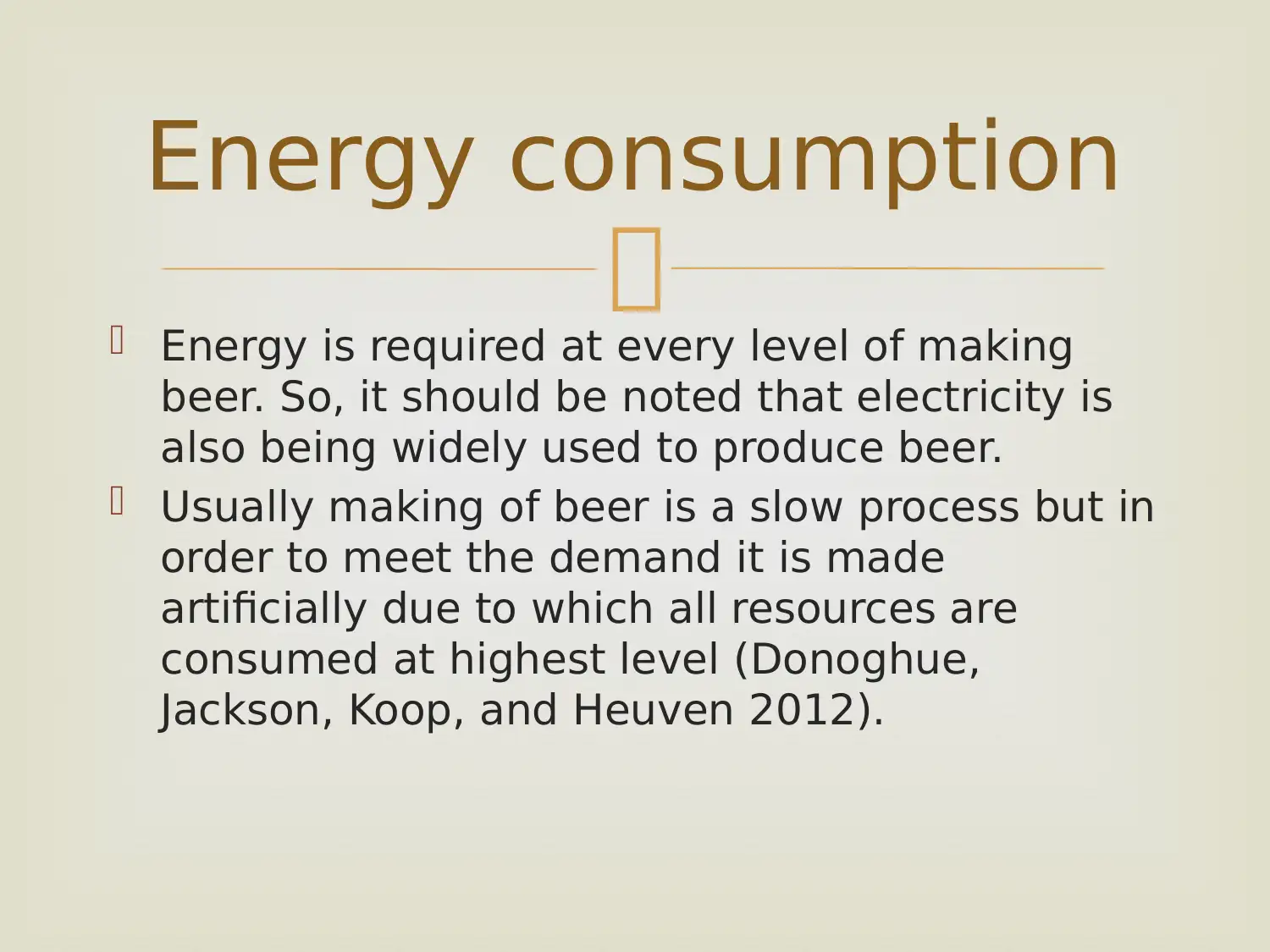
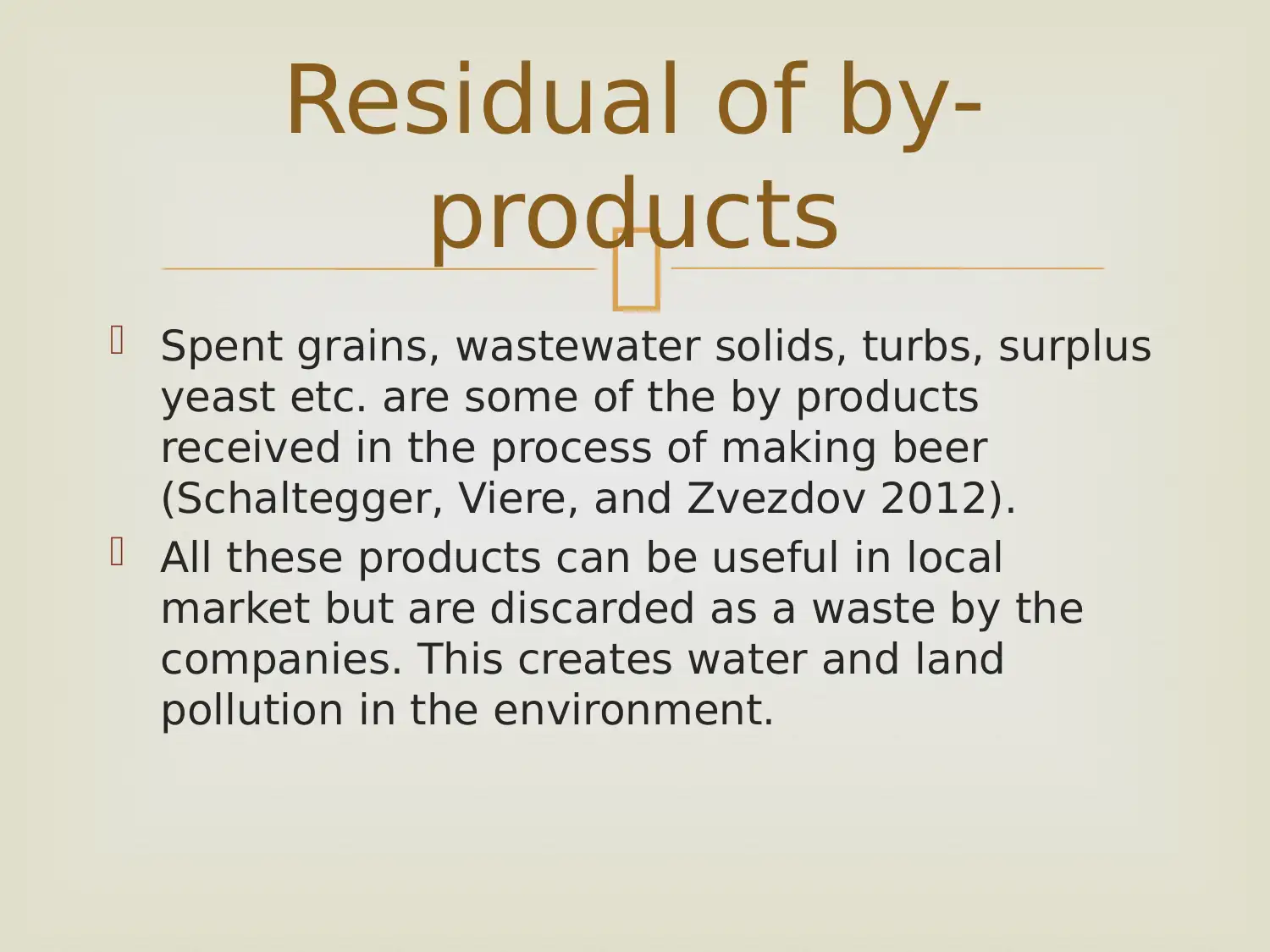
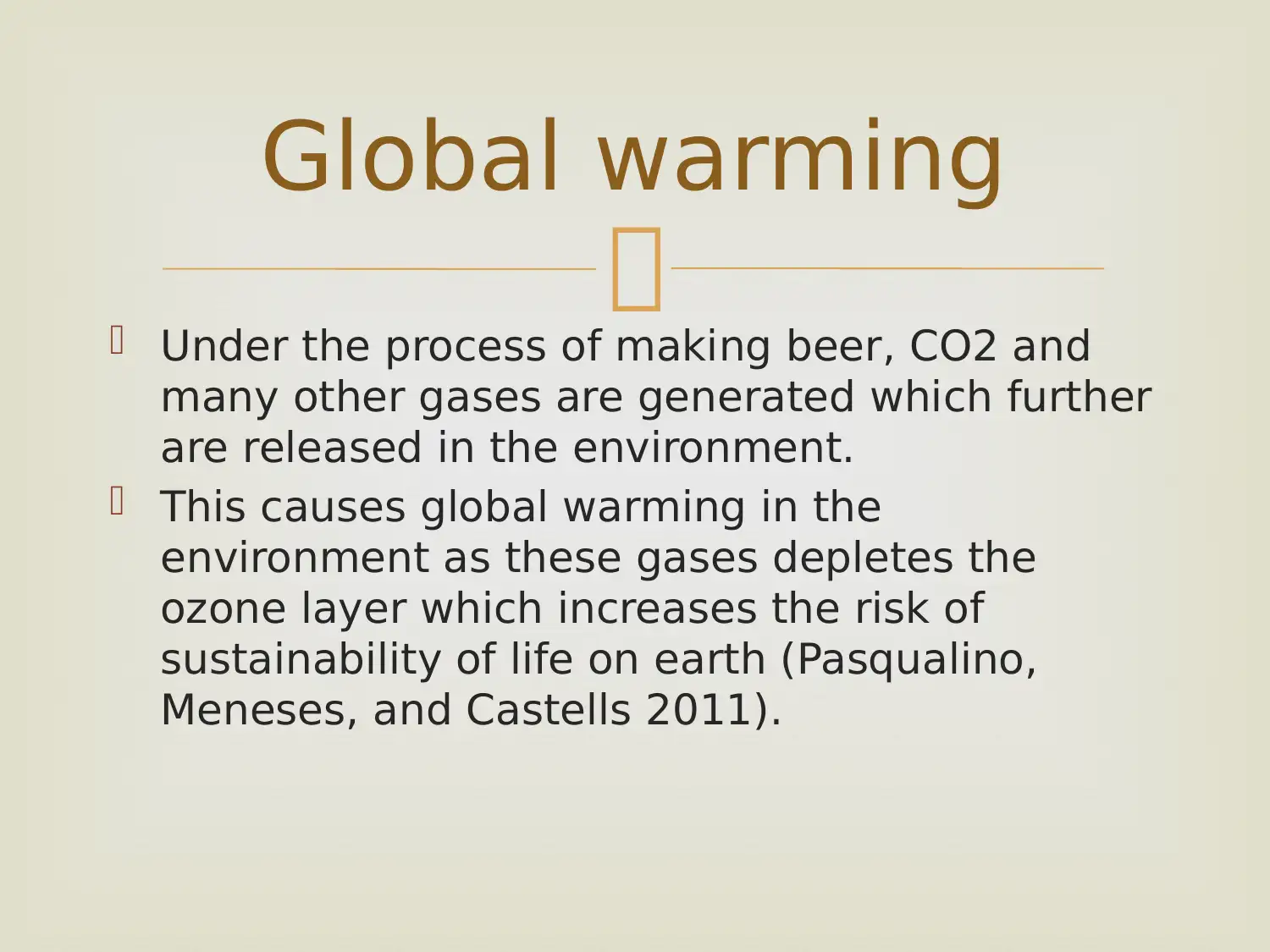

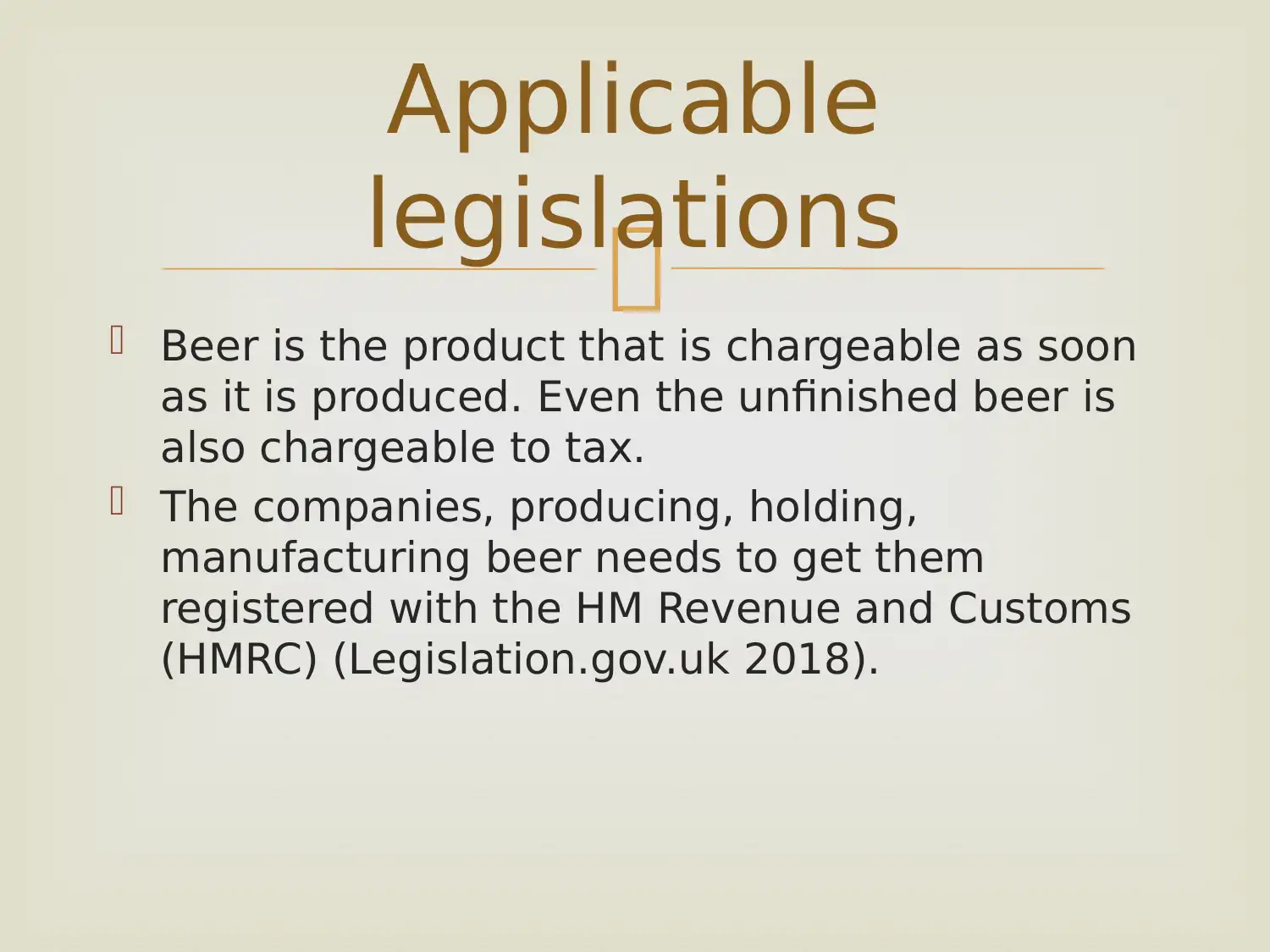
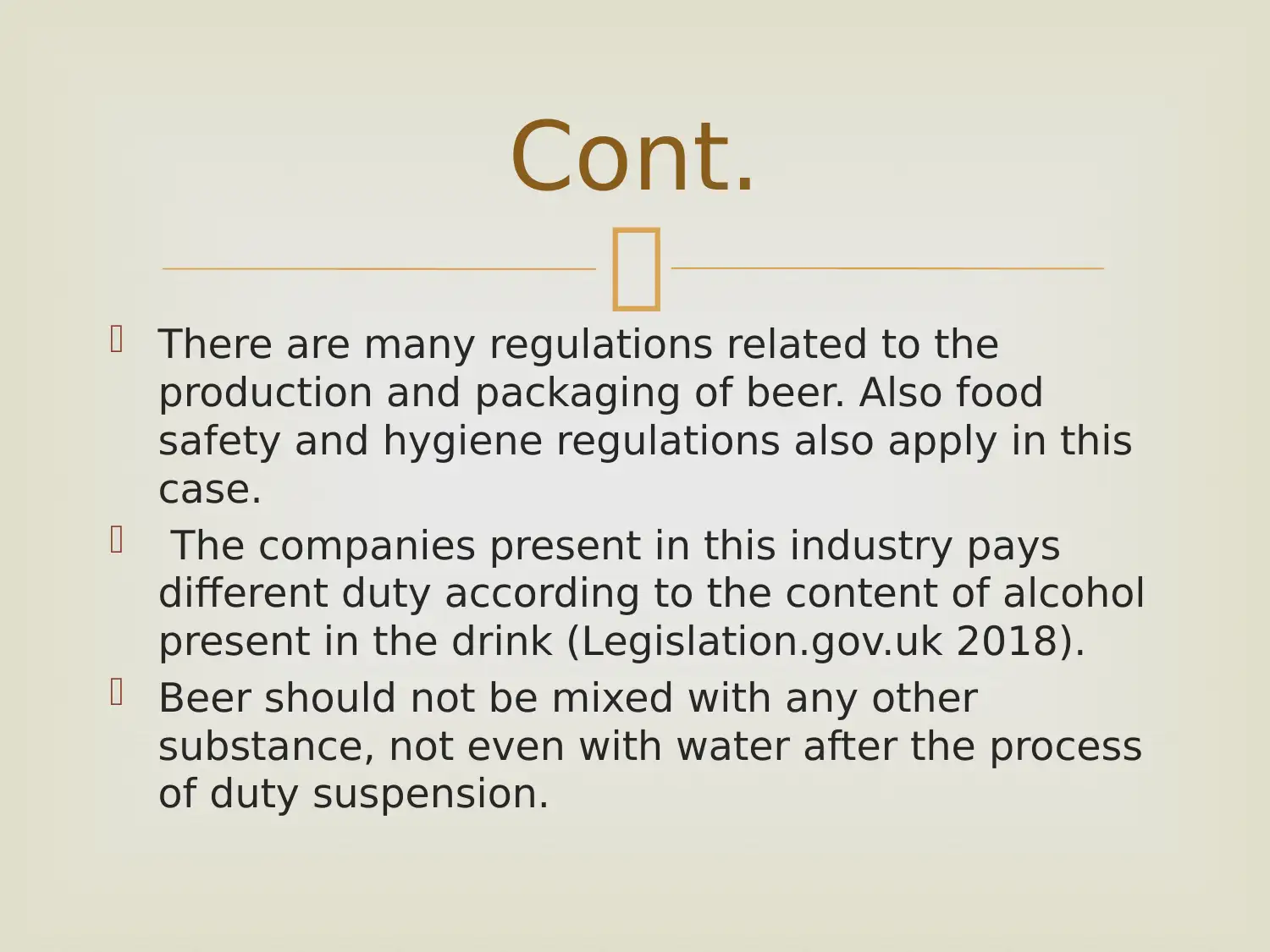
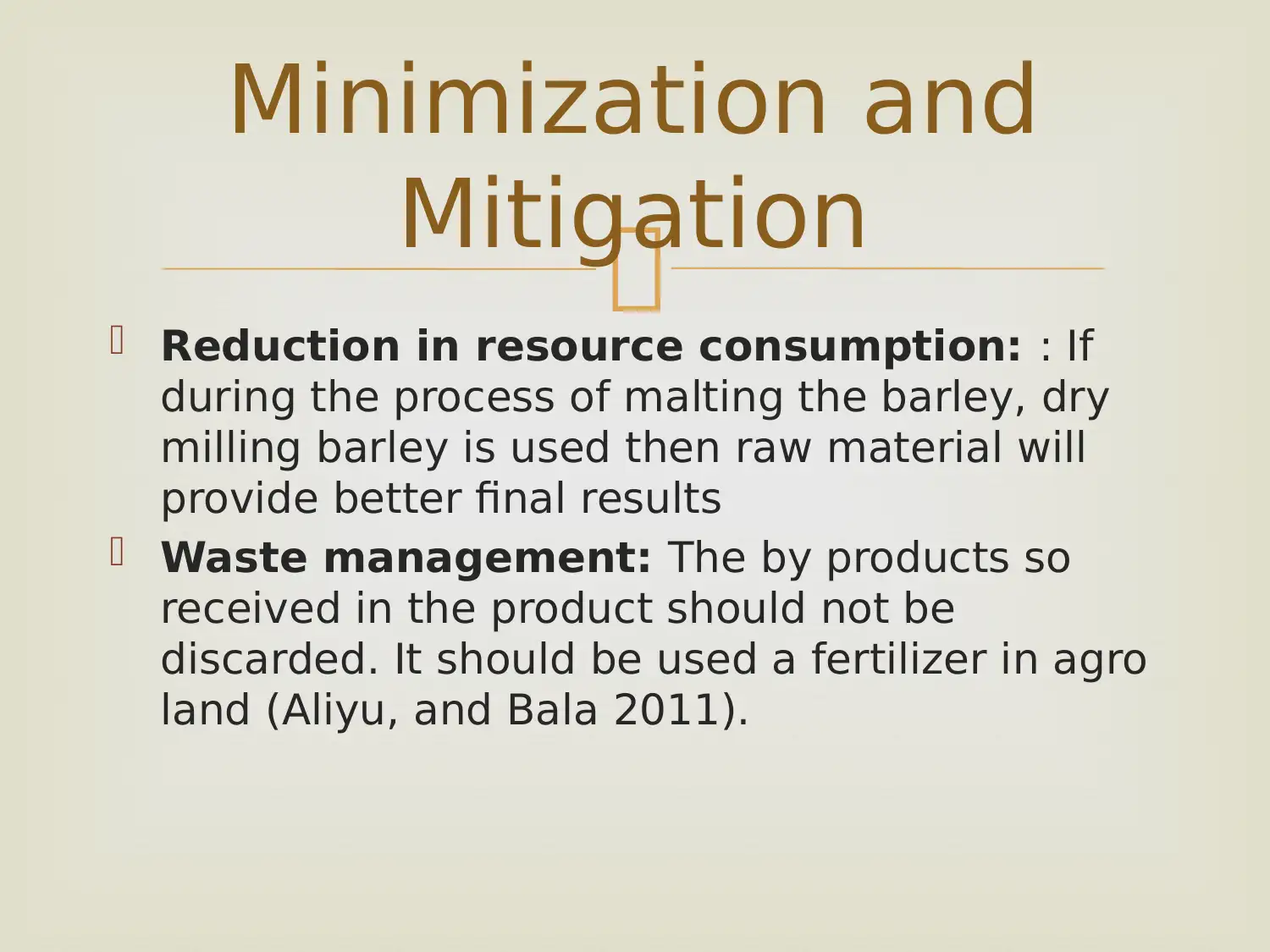






![[object Object]](/_next/static/media/star-bottom.7253800d.svg)